Museum of Architecture, Kanazawa
Taniguchi Yoshiro was an architect from Kanazawa City who designed the National Museum of Modern Art, Tokyo and the Crown Prince’s Palace and other buildings. He and his child, Yoshio, are commemorated at the Museum of Architecture, Kanazawa.
The building was completed in 2019 on the site of the house where Taniguchi Yoshiro (1904-1979) lived.

It would have been easier to see the shape of the building if I had photographed it from the other side of the road, but I only from close up.
The museum was designed by Yoshiro’s child, Taniguchi Yoshio (1937-2024).
He passed away last year, but the Higashiyama Kaii Museum in Nagano Prefecture was designed by Taniguchi Yoshio. I had been in the building he designed several times.
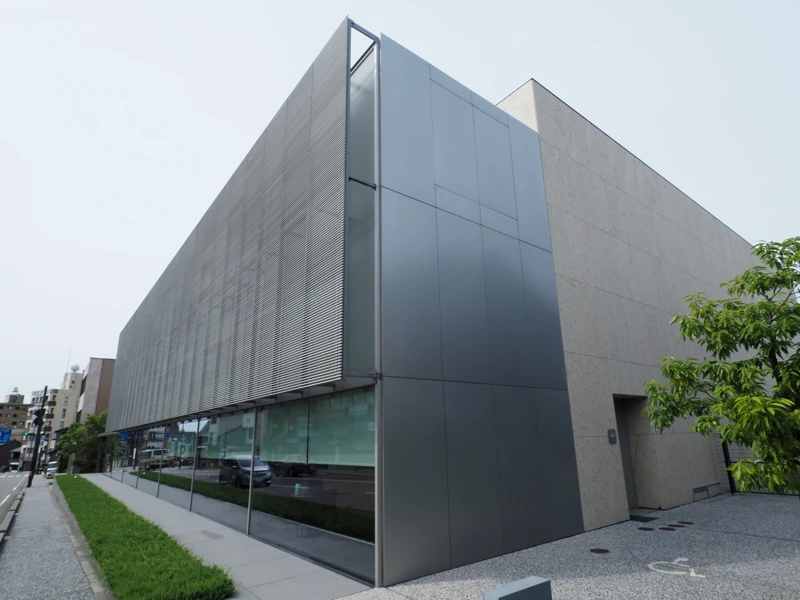
Before entering the museum, I walked in front of the building and took some pictures from different angles, but the picture is the same in that it is difficult to recognize the shape of the building.
When I visited, there was a special exhibition titled “Kodatsuno, a New Hub of Knowledge and Beauty: Ishikawa Prefectural Library and Kanazawa College of Art” (Duration: December 22, 2024 – June 15, 2025) .
I entered without any prior knowledge, but the exhibition was about the Ishikawa Prefectural Library, completed in 2022, and Kanazawa College of Art, completed in 2023. These two facilities were built on the former site of Kanazawa University’s Faculty of Engineering in the Kodatsuno district.
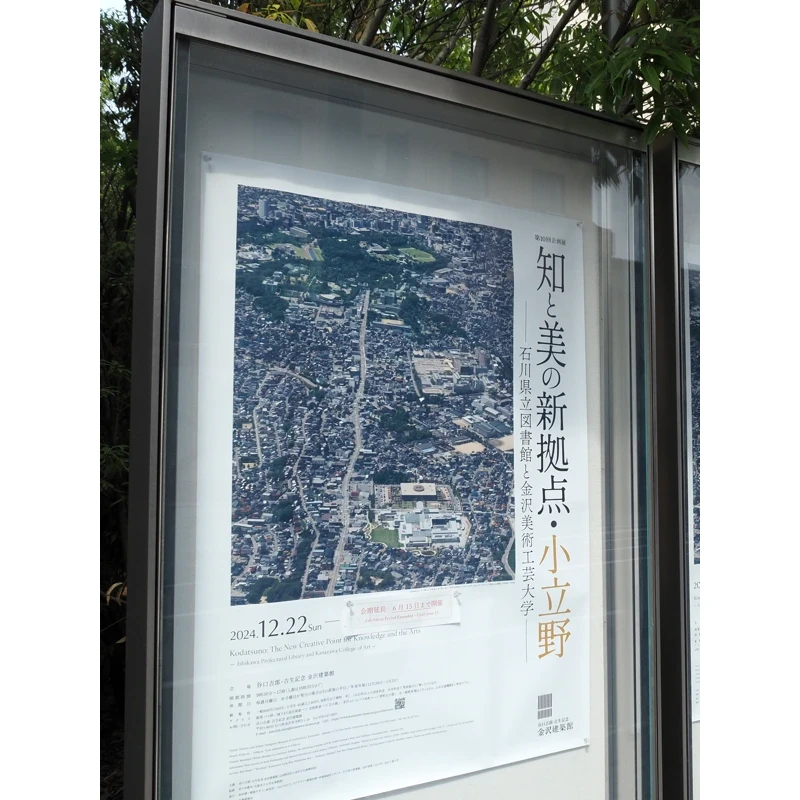
As I was not familiar with the area myself, I checked the locations of the library and Kanazawa College of Art before they were relocated.
The place name “Kodatsuno” is colored light yellow in reference to the name of the town in the address. The old library was located near Kenrokuen Garden and the 21st Century Museum of Contemporary Art, which I did not know.
It seems that Kanazawa City is trying to make Kodatsuno one of its new cultural centers.
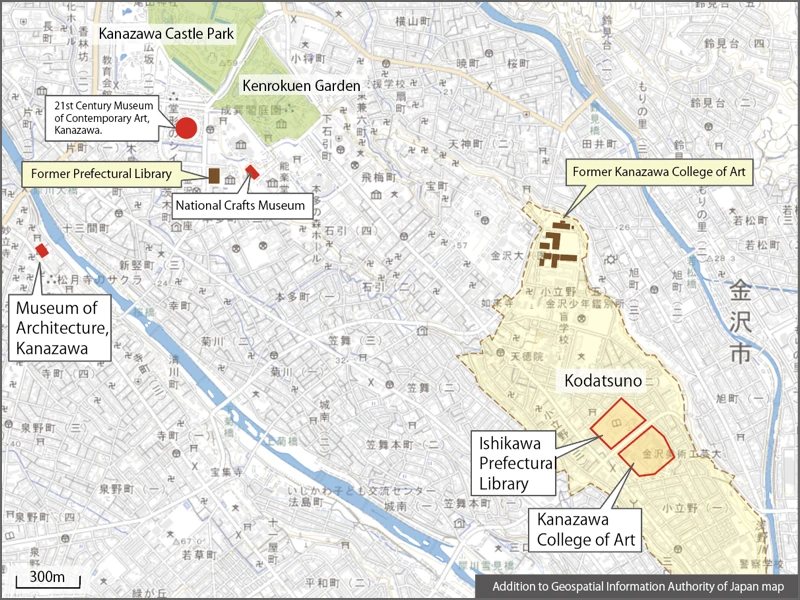
At the beginning of the exhibition, a video was shown and a lecture was given about the two buildings. So even though I didn’t know anything about it, I gradually began to understand them.
A local person watching the video praised the library quite highly,
so I got the impression that the library’s reputation among citizens seems to be good.
The photo shows the venue where the video was shown, and I liked the view. I felt a similar sensation as I did at the Higashiyama Kaii Museum in Nagano, where seeing a landscape of water spreading beyond the glass.

In the exhibition hall, there were explanations and models of the buildings of the prefectural library and Kanazawa College of Art. This is a model of the library.
I decided to go to the library later, thinking it would be better to see the actual building in the city anyway.
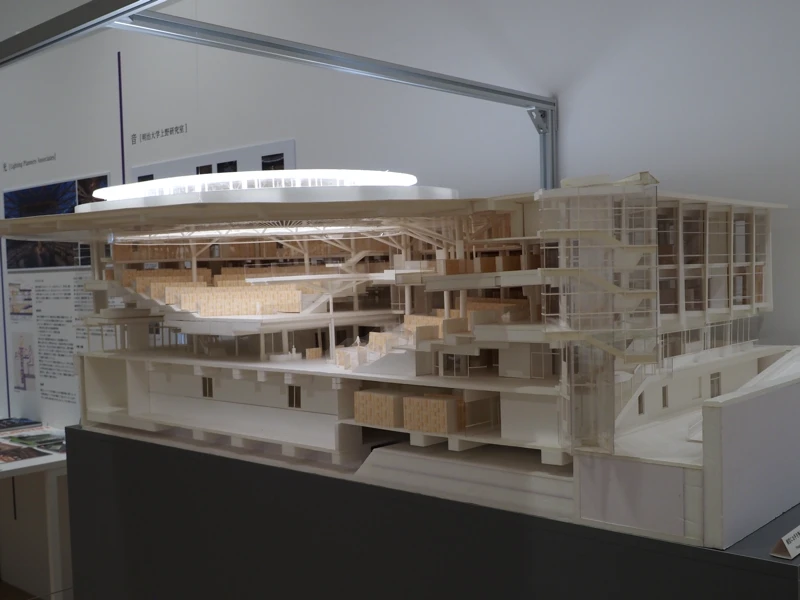
After the special exhibition, I went to the permanent exhibition.
When I went up to the second floor, a strange sight awaited me. There was a glass window, but I could hardly see beyond it. It was as if there was a fog.
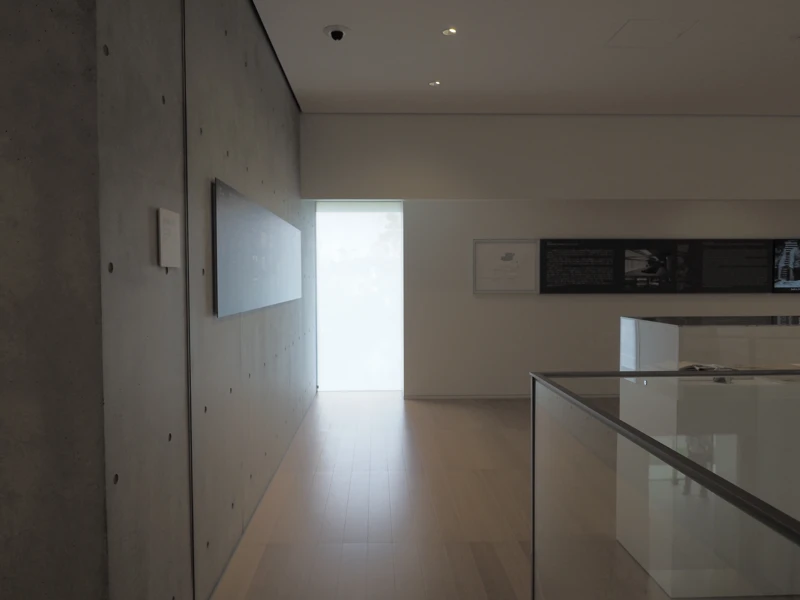
This picture was taken near the glass, but we can only see the outside scenery as faintly as this. The atmosphere here was interesting.
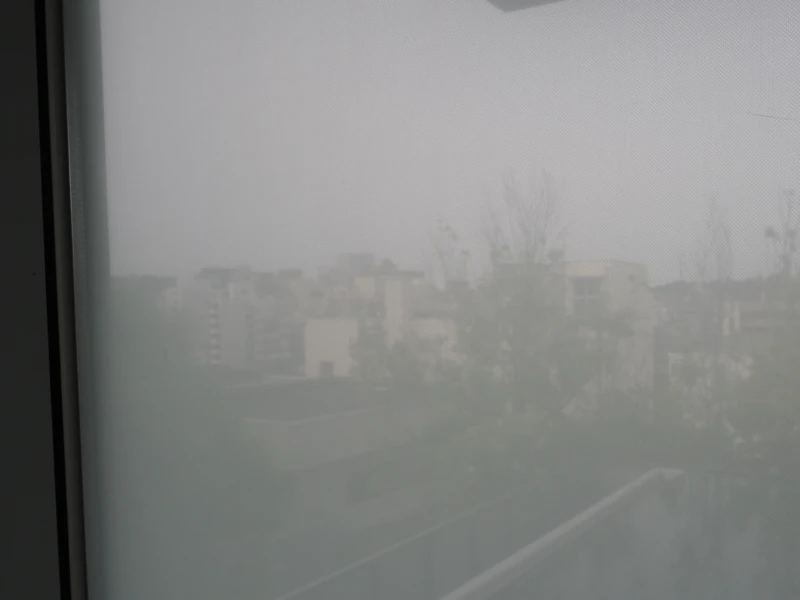
The permanent exhibition reproduces the hall and tea ceremony room of the Japanese-style annex “Yushintei” of the Akasaka Palace, a state guesthouse in Tokyo. It was designed by Taniguchi Yoshiro and built in 1974.
This is a view of the hall.
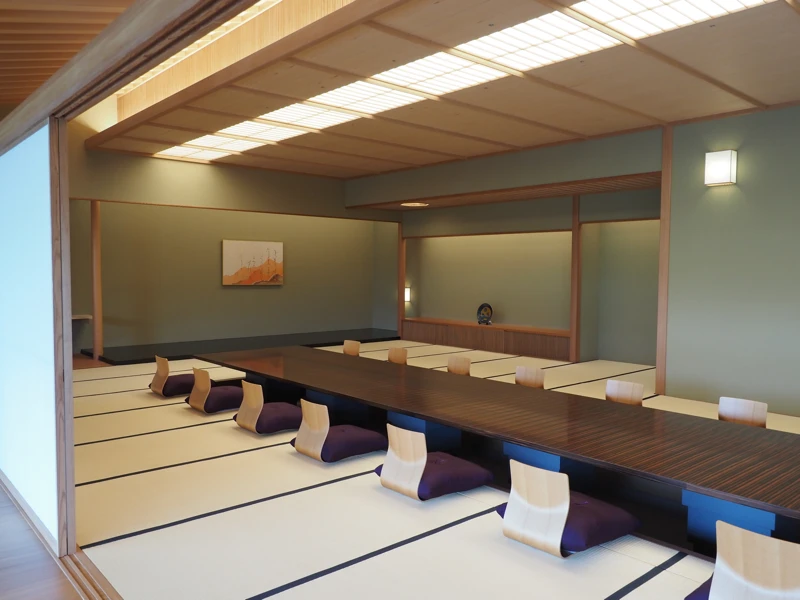
A water garden can be seen from the veranda in front of the hall. But here is the second floor.
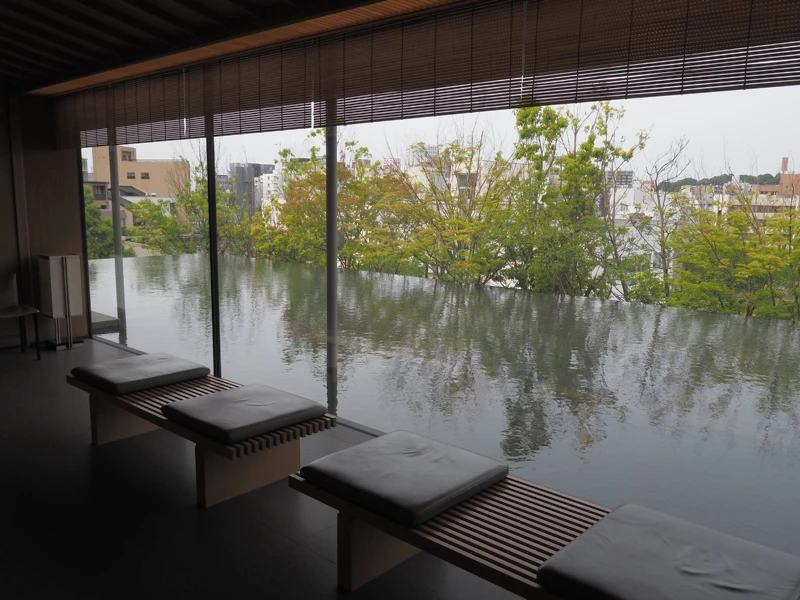
I have never seen the real Yushintei, but it reminded me of a visit to the Kyoto State Guest House many years ago.
After the tour, I left the building and found a concrete pathway by the entrance. I decided to walk there instead of going back to the road.
It was interesting that there was more elevation difference than I expected. Later, I read in a pamphlet that one of the design goals was to create a connection to the riverside.
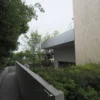
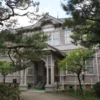
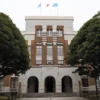
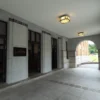
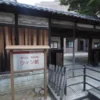
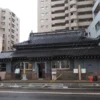
Discussion
New Comments
No comments yet. Be the first one!